
Question and Answers Forum
Question Number 13449 by Tinkutara last updated on 20/May/17
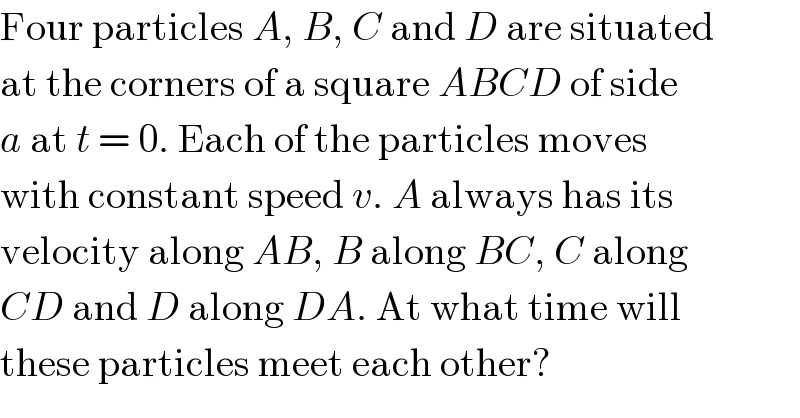
Answered by mrW1 last updated on 20/May/17
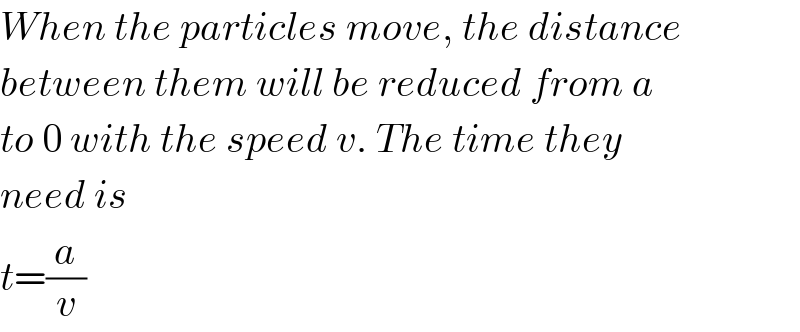
Commented by Tinkutara last updated on 20/May/17
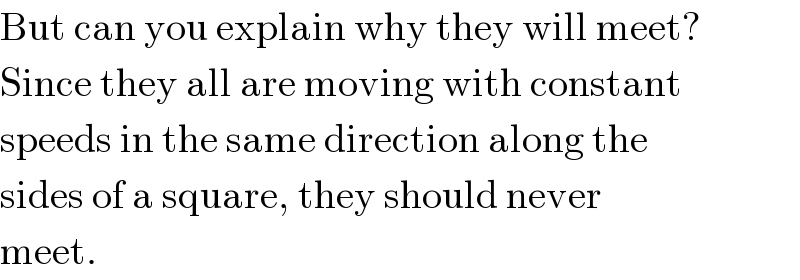
Commented by ajfour last updated on 20/May/17

Commented by ajfour last updated on 20/May/17
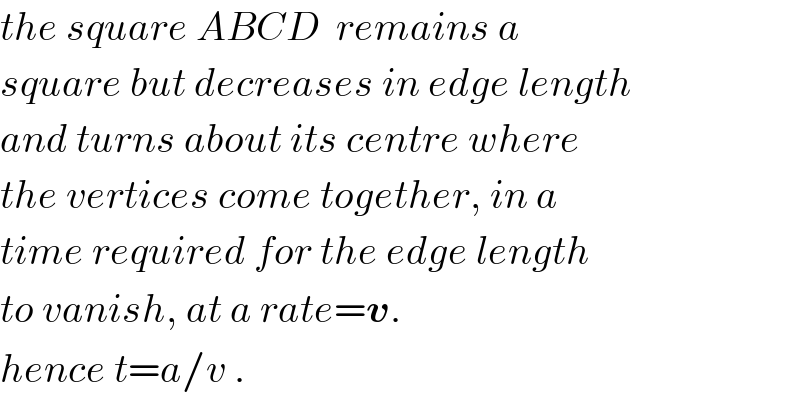
Commented by mrW1 last updated on 20/May/17
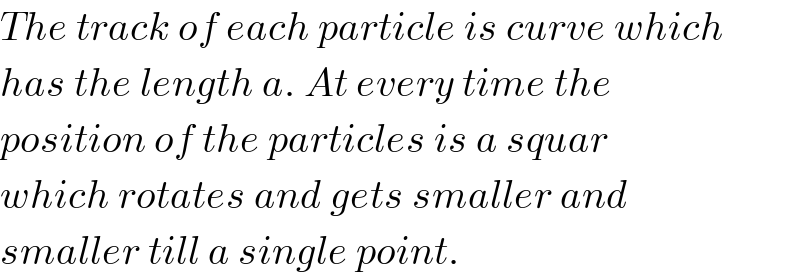
Commented by mrW1 last updated on 20/May/17

Commented by Tinkutara last updated on 20/May/17

Commented by mrW1 last updated on 20/May/17

Commented by mrW1 last updated on 20/May/17
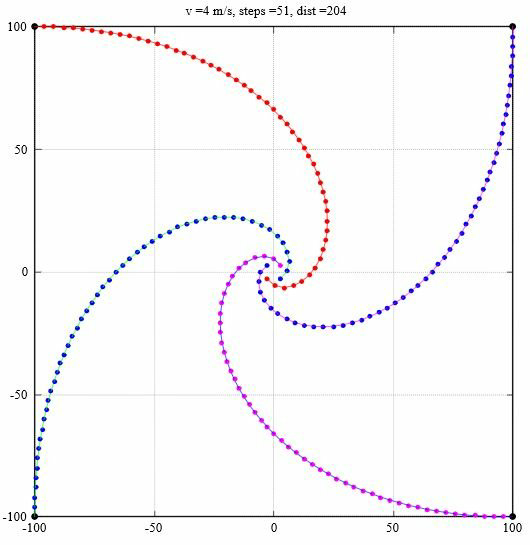
Commented by mrW1 last updated on 20/May/17
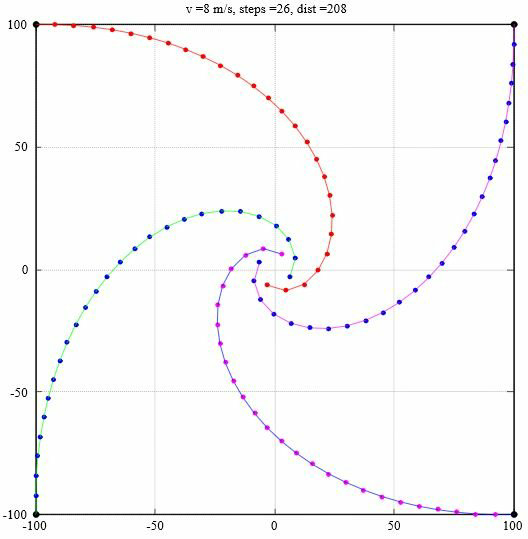
Answered by ajfour last updated on 20/May/17
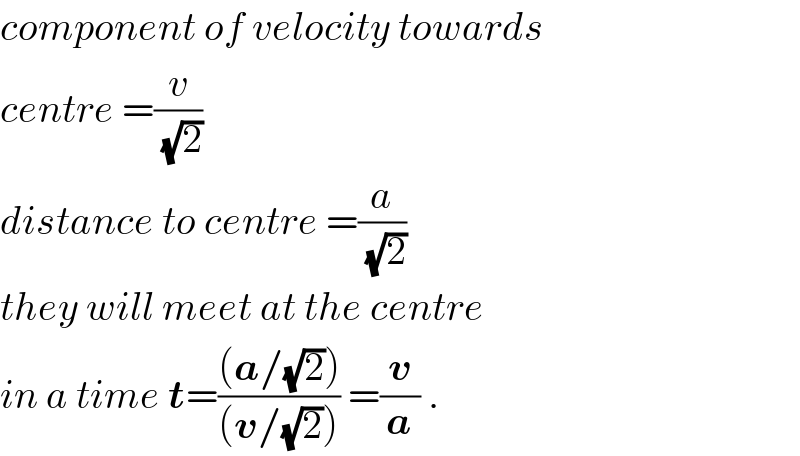
Commented by ajfour last updated on 20/May/17

